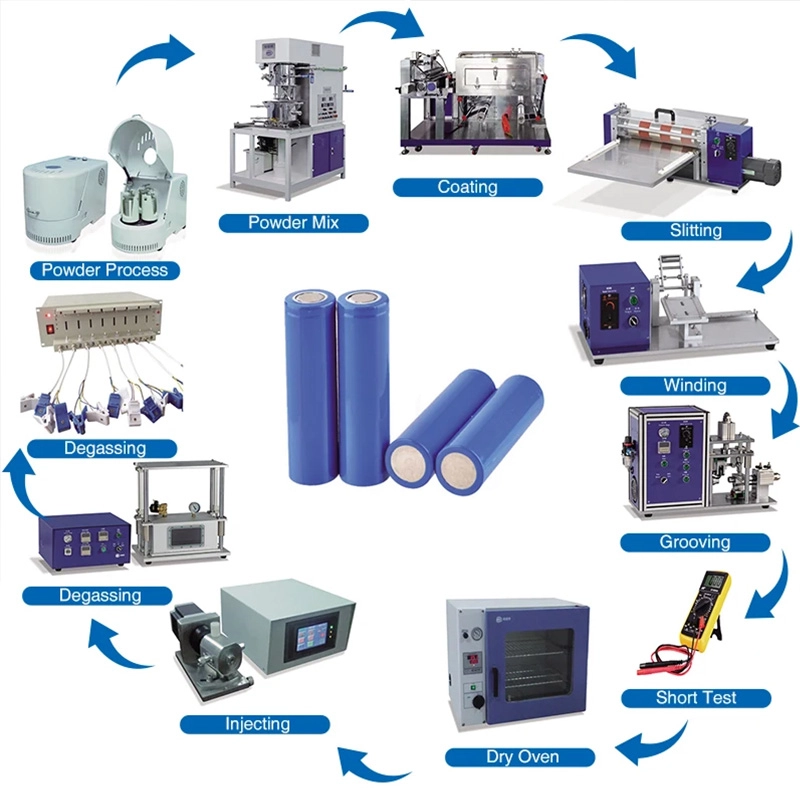Advancements in Cylindrical Cell Manufacturing Techniques for Enhanced Battery Efficiency
The Future of Cylindrical Cell Manufacturing
Cylindrical cell manufacturing has garnered significant attention in recent years, driven by the growing demand for energy storage solutions, particularly in electric vehicles (EVs) and renewable energy systems. These cylindrical battery cells, known for their robustness, high energy density, and thermal management capabilities, are integral to modern energy solutions.
The manufacturing process for cylindrical cells involves several crucial steps, each contributing to the overall efficiency and performance of the final product. First, the electrode materials—typically lithium, cobalt, nickel, and manganese—are carefully selected and processed. The quality of these materials directly influences the battery's lifespan, energy density, and safety performance.
Once the materials are prepared, they undergo a process known as electrode coating. During this stage, the active materials are coated onto metallic foils, forming the anode and cathode layers. This step is critical because the uniformity and thickness of the coating can dramatically affect the cell's performance. After coating, the electrodes are dried and then rolled into cylindrical shapes, creating what is known as the jelly roll.
cylindrical cell manufacturing

An essential part of cylindrical cell manufacturing is the assembly process. The rolled electrodes are inserted into a metal casing, where they are separated by a porous separator to prevent short-circuits. The casing not only provides structural integrity but also plays a pivotal role in thermal management. Efficient heat dissipation is vital to maintain performance and ensure safety during operation.
Factory automation and advanced technologies are revolutionizing cylindrical cell manufacturing. The implementation of robotics and AI-driven systems allows for increased precision and efficiency during the production process. Additionally, continuous monitoring of manufacturing parameters ensures consistency and quality control, reducing defective units and enhancing the reliability of the cells.
Sustainability is becoming a central focus in cylindrical battery cell manufacturing. The industry is actively exploring recycling methods for battery materials and incorporating eco-friendly practices to minimize environmental impact. Companies are investing in research to develop next-generation materials and production techniques that improve energy efficiency and reduce waste.
Looking forward, the cylindrical cell manufacturing industry is poised for significant growth. As the transition to electric vehicles accelerates and the demand for renewable energy storage solutions expands, innovations in manufacturing processes will play a crucial role in meeting these demands. The future of cylindrical cells promises not only improved performance and sustainability but also a vital contribution to global energy solutions.
Share
-
The Best Lubricants for Aluminum Roller GuidesNewsJul.23,2025
-
Slitting Machine Applications in the Packaging IndustryNewsJul.23,2025
-
Rolling Roller Balancing Techniques for Smooth OperationNewsJul.23,2025
-
How To Optimize An EV Battery Assembly LineNewsJul.23,2025
-
Energy Efficiency in Modern Battery Formation EquipmentNewsJul.23,2025
-
Automation Trends in Pouch Cell Assembly EquipmentNewsJul.23,2025







